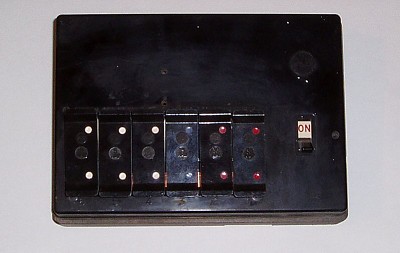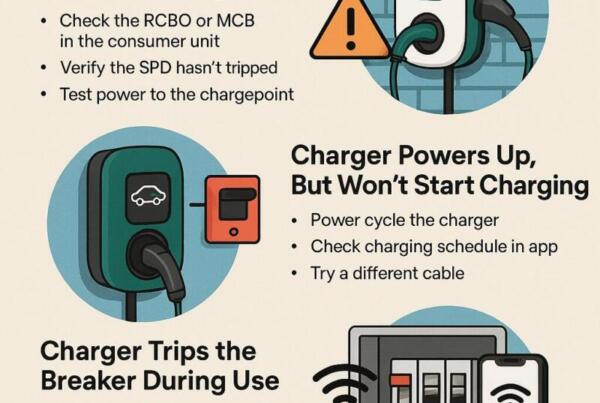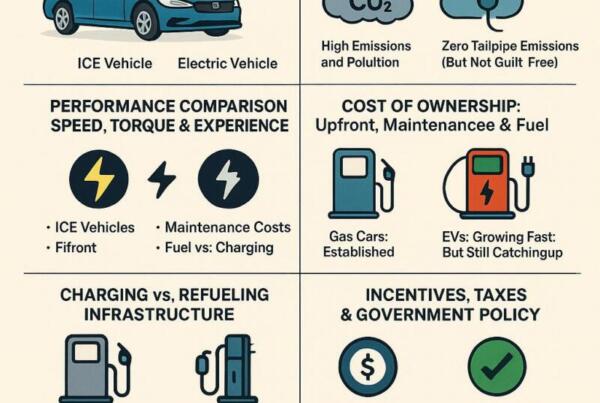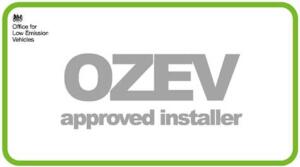Introduction:
Your home’s electrical system is the lifeblood that powers your daily routines. At the heart of this system lies the fuseboard, a crucial component designed to protect your property from electrical hazards. In this blog post, we will explore the signs that indicate it might be time for a fuseboard upgrade, and why investing in this upgrade is a proactive step toward ensuring the safety and efficiency of your home.
Understanding the Fuseboard:
The fuseboard, also known as the consumer unit, is the nerve center of your electrical setup. Its primary function is to distribute electricity safely throughout your home while preventing overload and electrical fires. Older homes may still be equipped with outdated fuseboards, which might lack the advanced safety features found in modern units.
Signs You Might Need an Upgrade:
- Age of the Fuseboard:
- Like any technology, fuseboards have a lifespan. If yours is several decades old, it might lack the advancements in safety technology present in newer models.
- Frequent Tripping:
- If your fuses trip frequently, it could indicate an overloaded circuit. Modern fuseboards are equipped with circuit breakers that trip more selectively, providing better protection against overloads.
- Outdated Fuse Types:
- Older fuseboards might use rewireable fuses, which are more prone to human error and can pose fire risks. Upgrading to circuit breakers or RCDs (Residual Current Devices) enhances safety.
- Limited Electrical Capacity:
- With the increasing number of electrical devices in modern homes, older fuseboards may lack the capacity to handle the load. Upgrading ensures your system can meet the demands of contemporary living.
- No RCD Protection:
- Residual Current Devices are designed to trip the circuit if they detect a fault, providing additional protection against electric shocks. If your fuseboard lacks RCD protection, it’s a strong indication for an upgrade.
The Importance of Safety:
Investing in a fuseboard upgrade goes beyond just modernising your home. It’s a commitment to safety. Modern units are equipped with advanced safety features like RCDs, AFDs (Arc Fault Detection), and miniature circuit breakers, providing comprehensive protection against electrical faults.
Efficiency and Convenience:
- Improved Energy Efficiency:
- Newer fuseboards are designed with energy efficiency in mind, reducing wastage and contributing to lower electricity bills.
- Smart Technology Integration:
- Some modern fuseboards come equipped with smart technology that allows remote monitoring and control of your electrical system, enhancing convenience and security.
The Upgrade Process:
- Professional Assessment:
- Our qualified electrician will conduct a thorough assessment of your current electrical system to determine the specific needs of your home.
- Customised Solutions:
- Based on the assessment, our electrician will recommend a fuseboard that aligns with your home’s electrical demands and safety requirements.
- Installation by Experts:
- The upgrade process involves removing the old fuseboard and installing the new consumer unit with precision and care. Only qualified electricians should perform this task to ensure compliance with regulations and safety standards.
Conclusion:
In conclusion, a fuseboard upgrade is not just a matter of modernisation; it’s a critical step toward prioritising the safety and efficiency of your home. By recognizing the signs and investing in this upgrade, you are taking proactive measures to safeguard your property and the well-being of your loved ones. Don’t let an outdated fuseboard compromise your home’s electrical safety—make the upgrade today for a brighter and safer future.
Frequently Asked Questions
How much does a fuseboard upgrade typically cost in the UK?
The cost of a fuseboard upgrade in the UK can vary depending on several factors, including the size of your property, the complexity of the installation, and the type of fuseboard being installed. On average, you can expect to pay anywhere from £300 to £1,000 for a standard fuseboard upgrade, but this can increase for larger properties or if additional electrical work is required.
Are there any government incentives or grants available to help cover the cost of a fuseboard upgrade?
Currently, there are no specific government incentives or grants available specifically for fuseboard upgrades. However, if you’re considering upgrading your fuseboard as part of a larger home renovation project, you may be eligible for certain grants or funding schemes aimed at improving energy efficiency or safety standards in homes. It’s worth exploring any available schemes in your area or consulting with a qualified electrician for advice on potential funding options.
Will upgrading my fuseboard require rewiring my entire home, or can it be done without major disruption to existing wiring?
Whether or not upgrading your fuseboard will require rewiring your entire home depends on the condition of your existing wiring and the requirements of the new fuseboard. In many cases, a fuseboard upgrade can be completed without the need for extensive rewiring, especially if your home’s wiring is relatively modern and meets current safety standards. However, if your existing wiring is outdated or unsafe, your electrician may recommend rewiring certain circuits or sections of your home to ensure compatibility with the new fuseboard and to comply with safety regulations. It’s essential to consult with a qualified electrician who can assess your specific circumstances and provide personalized advice based on your home’s electrical system.











